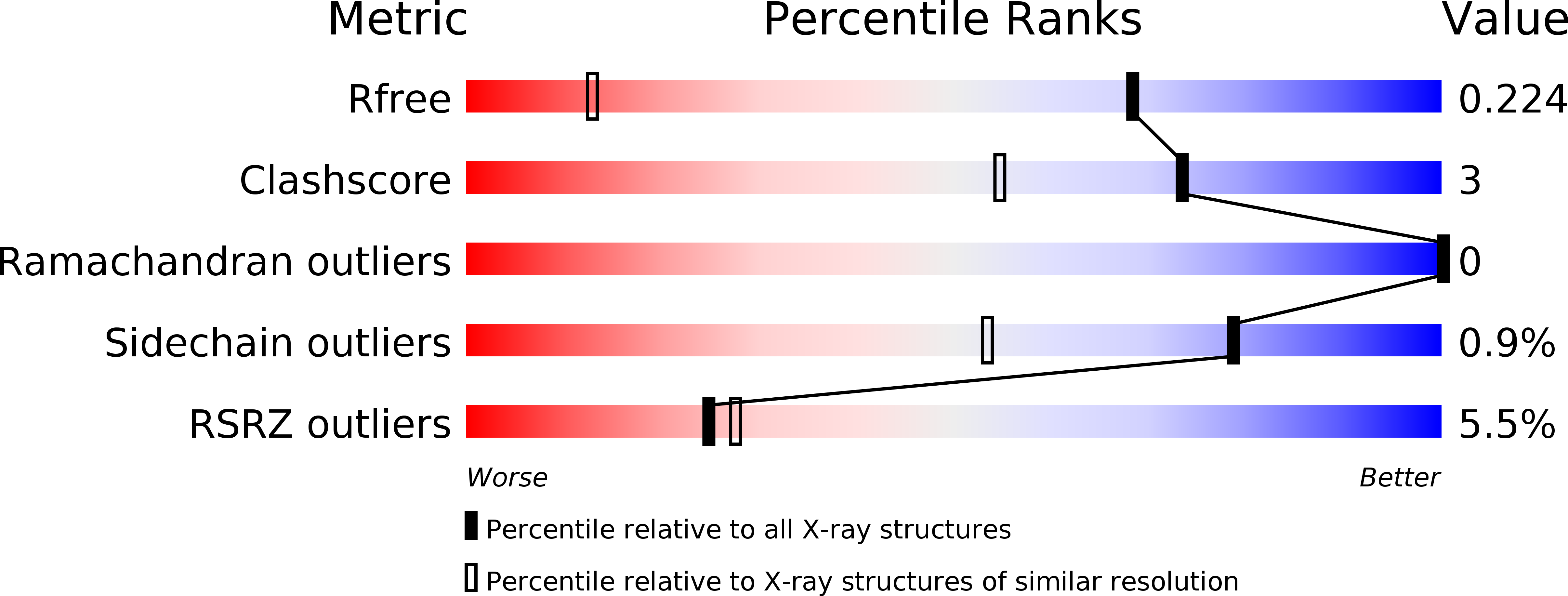
Deposition Date
2008-03-12
Release Date
2008-06-17
Last Version Date
2024-11-20
Method Details:
Experimental Method:
Resolution:
1.35 Å
R-Value Free:
0.22
R-Value Work:
0.18
R-Value Observed:
0.18
Space Group:
P 1 21 1


